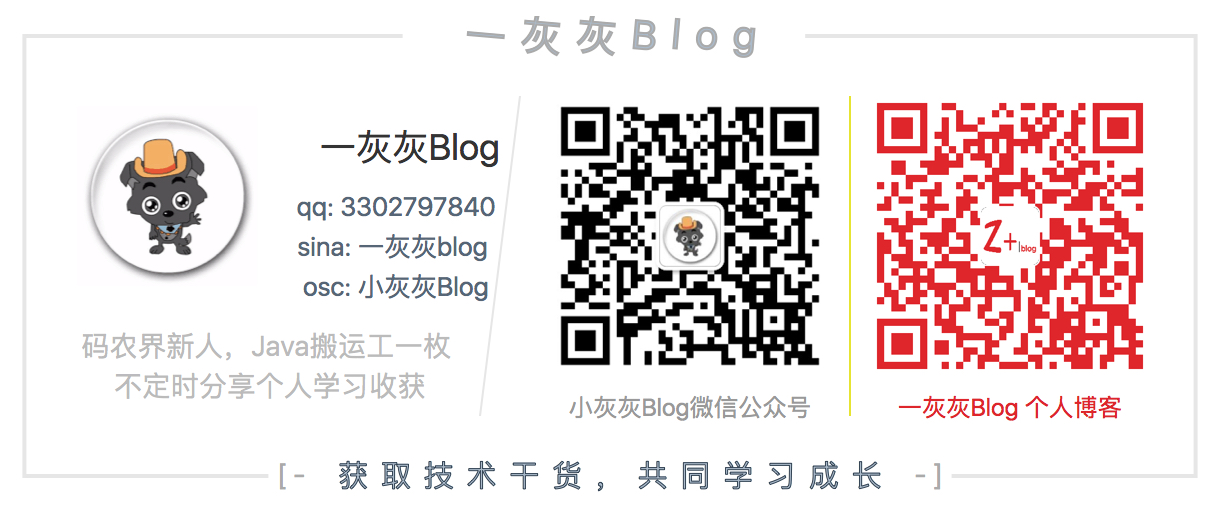Spring之借助Redis设计一个简单访问计数器 为什么要做一个访问计数?之前的个人博客用得是卜算子做站点访问计数,用起来挺好,但出现较多次的响应很慢,再其次就是个人博客实在是访问太少,数据不好看😢…
前面一篇博文简单介绍了Spring中的RedisTemplate的配置与使用,那么这篇算是一个简单的应用case了,主要基于Redis的计数器来实现统计
I. 设计 一个简单的访问计数器,主要利用redis的hash结构,对应的存储结构如下:
存储结构比较简单,为了扩展,每个应用(or站点)对应一个APP,然后根据path路径进行分页统计,最后有一个特殊的用于统计全站的访问计数
II. 实现 主要就是利用Redis的hash结构,然后实现数据统计,并没有太多的难度,Spring环境下搭建redis环境可以参考:
1. Redis封装类 针对几个常用的做了简单的封装,直接使用RedisTemplate的excute方法进行的操作,当然也是可以使用 template.opsForValue() 等便捷方式,这里采用JSON方式进行对象的序列化和反序列化
1 2 3 4 5 6 7 8 9 10 11 12 13 14 15 16 17 18 19 20 21 22 23 24 25 26 27 28 29 30 31 32 33 34 35 36 37 38 39 40 41 42 43 44 45 46 47 48 49 50 51 52 53 54 55 56 57 58 59 60 61 62 63 64 65 66 67 68 69 70 71 72 73 74 75 76 77 78 79 80 81 82 83 84 85 86 87 public class QuickRedisClient private static final Charset CODE = Charset.forName("UTF-8" ); private static RedisTemplate<String, String> template; public static void register (RedisTemplate<String, String> template) QuickRedisClient.template = template; } public static void nullCheck (Object... args) for (Object obj : args) { if (obj == null ) { throw new IllegalArgumentException("redis argument can not be null!" ); } } } public static byte [] toBytes(String key) { nullCheck(key); return key.getBytes(CODE); } public static byte [][] toBytes(List<String> keys) { byte [][] bytes = new byte [keys.size()][]; int index = 0 ; for (String key : keys) { bytes[index++] = toBytes(key); } return bytes; } public static String getStr (String key) return template.execute((RedisCallback<String>) con -> { byte [] val = con.get(toBytes(key)); return val == null ? null : new String(val); }); } public static void putStr (String key, String value) template.execute((RedisCallback<Void>) con -> { con.set(toBytes(key), toBytes(value)); return null ; }); } public static Long incr (String key, long add) return template.execute((RedisCallback<Long>) con -> { Long record = con.incrBy(toBytes(key), add); return record == null ? 0L : record; }); } public static Long hIncr (String key, String field, long add) return template.execute((RedisCallback<Long>) con -> { Long record = con.hIncrBy(toBytes(key), toBytes(field), add); return record == null ? 0L : record; }); } public static <T> T hGet (String key, String field, Class<T> clz) { return template.execute((RedisCallback<T>) con -> { byte [] records = con.hGet(toBytes(key), toBytes(field)); if (records == null ) { return null ; } return JSON.parseObject(records, clz); }); } public static <T> Map<String, T> hMGet (String key, List<String> fields, Class<T> clz) { List<byte []> list = template.execute((RedisCallback<List<byte []>>) con -> con.hMGet(toBytes(key), toBytes(fields))); if (CollectionUtils.isEmpty(list)) { return Collections.emptyMap(); } Map<String, T> result = new HashMap<>(); for (int i = 0 ; i < fields.size(); i++) { if (list.get(i) == null ) { continue ; } result.put(fields.get(i), JSON.parseObject(list.get(i), clz)); } return result; } }
对应的配置类
1 2 3 4 5 6 7 8 9 10 11 12 13 14 15 16 17 18 19 20 21 22 23 24 25 26 27 28 29 30 31 32 33 34 35 36 37 38 39 40 41 42 43 44 45 46 47 48 49 50 51 52 53 54 55 56 57 58 59 60 61 package com.git.hui.story.cache.redis;import com.git.hui.story.cache.redis.serializer.DefaultStrSerializer;import org.springframework.cache.CacheManager;import org.springframework.context.annotation.Bean;import org.springframework.context.annotation.Configuration;import org.springframework.context.annotation.PropertySource;import org.springframework.core.env.Environment;import org.springframework.data.redis.cache.RedisCacheManager;import org.springframework.data.redis.connection.RedisConnectionFactory;import org.springframework.data.redis.connection.RedisPassword;import org.springframework.data.redis.connection.lettuce.LettuceConnectionFactory;import org.springframework.data.redis.core.RedisTemplate;@Configuration @PropertySource (value = "classpath:application.yml" )public class RedisConf private final Environment environment; public RedisConf (Environment environment) this .environment = environment; } @Bean public CacheManager cacheManager () return RedisCacheManager.RedisCacheManagerBuilder.fromConnectionFactory(redisConnectionFactory()).build(); } @Bean public RedisTemplate<String, String> redisTemplate (RedisConnectionFactory redisConnectionFactory) RedisTemplate<String, String> redisTemplate = new RedisTemplate<>(); redisTemplate.setConnectionFactory(redisConnectionFactory); DefaultStrSerializer serializer = new DefaultStrSerializer(); redisTemplate.setValueSerializer(serializer); redisTemplate.setHashValueSerializer(serializer); redisTemplate.setKeySerializer(serializer); redisTemplate.setHashKeySerializer(serializer); redisTemplate.afterPropertiesSet(); QuickRedisClient.register(redisTemplate); return redisTemplate; } @Bean public RedisConnectionFactory redisConnectionFactory () LettuceConnectionFactory fac = new LettuceConnectionFactory(); fac.getStandaloneConfiguration().setHostName(environment.getProperty("spring.redis.host" )); fac.getStandaloneConfiguration().setPort(Integer.parseInt(environment.getProperty("spring.redis.port" ))); fac.getStandaloneConfiguration() .setPassword(RedisPassword.of(environment.getProperty("spring.redis.password" ))); fac.afterPropertiesSet(); return fac; } }
2. Controller 支持 首先是定义请求参数:
1 2 3 4 5 @Data public class WebCountReqDO implements Serializable private String appKey; private String referer; }
其次是实现Controller接口,稍稍注意下,根据path进行计数的逻辑:
如果请求参数显示指定了referer参数,则用传入的参数进行统计
如果没有显示指定referer,则根据header获取referer
解析referer,分别对path和host进行统计+1,这样站点的统计计数就是根据host来的,而页面的统计计数则是根据path路径来的
1 2 3 4 5 6 7 8 9 10 11 12 13 14 15 16 17 18 19 20 21 22 23 24 25 26 27 28 29 30 31 32 33 34 35 36 37 38 39 40 41 42 43 @Slf 4j@RestController @RequestMapping (path = "/count" )public class WebCountController @RequestMapping (path = "cc" , method = {RequestMethod.GET}) public ResponseWrapper<CountDTO> addCount (WebCountReqDO webCountReqDO) String appKey = webCountReqDO.getAppKey(); if (StringUtils.isBlank(appKey)) { return ResponseWrapper.errorReturnMix(Status.StatusEnum.ILLEGAL_PARAMS_MIX, "请指定APPKEY!" ); } String referer = ReqInfoContext.getReqInfo().getReferer(); if (StringUtils.isBlank(referer)) { referer = webCountReqDO.getReferer(); } if (StringUtils.isBlank(referer)) { return ResponseWrapper.errorReturnMix(Status.StatusEnum.FAIL_MIX, "无法获取请求referer!" ); } return ResponseWrapper.successReturn(doUpdateCnt(appKey, referer)); } private CountDTO doUpdateCnt (String appKey, String referer) try { if (!referer.startsWith("http" )) { referer = "https://" + referer; } URI uri = new URI(referer); String host = uri.getHost(); String path = uri.getPath(); long count = QuickRedisClient.hIncr(appKey, path, 1 ); long total = QuickRedisClient.hIncr(appKey, host, 1 ); return new CountDTO(count, total); } catch (Exception e) { log.error("get referer path error! referer: {}, e: {}" , referer, e); return new CountDTO(1L , 1L ); } } }
3. 实例 针对这个简单的redis计数,目前在个人的mweb和zweb两个页面已经接入,在页脚处可以看到对应的计数,每次刷新计数会+1
III. 其他 0. 相关博文
一灰灰的个人博客,记录所有学习和工作中的博文,欢迎大家前去逛逛
2. 声明 尽信书则不如,已上内容,纯属一家之言,因个人能力有限,难免有疏漏和错误之处,如发现bug或者有更好的建议,欢迎批评指正,不吝感激
3. 扫描关注




